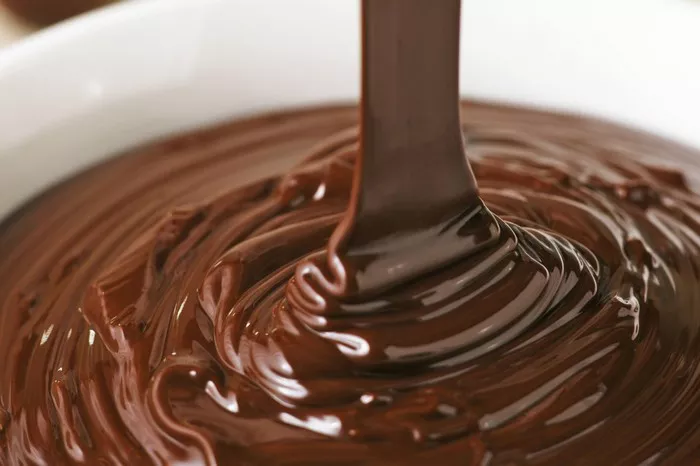Apple cider wine is a delicious and unique beverage that combines the crispness of apples with the complexity of wine. Making apple cider wine at home is an enjoyable process that allows you to experiment with flavors, techniques, and the joy of crafting your own fermented beverage. In this article, we will guide you through each step of the process, from choosing the right apples to bottling your homemade cider wine.
Ingredients Needed
Before you begin, you will need a few basic ingredients and equipment to make apple cider wine. Here is a simple list:
Ingredients
- Apples (approximately 15-20 pounds, depending on desired volume)
- Sugar (2-3 pounds)
- Yeast (wine yeast or cider yeast)
- Water (for diluting juice)
- Nutrients (optional, for helping yeast fermentation)
- Pectic enzyme (optional, helps break down fruit pulp)
- Campden tablets (optional, used to kill wild yeasts and bacteria)
- Acid blend (optional, to balance the pH)
- Tannin (optional, to enhance flavor and mouthfeel)
Equipment
- Fermentation vessel (primary fermenter)
- Airlock
- Hydrometer (for measuring sugar levels)
- Siphon or racking cane
- Clean bottles (for storing the finished wine)
- Sanitizing solution (to clean equipment)
Step 1: Choose the Right Apples
The type of apples you use will greatly influence the taste of your apple cider wine. Some apples are sweeter, while others are more tart, and you can blend different varieties to get the desired flavor profile. A good mix of sweet, tart, and aromatic apples often works best.
Popular apple varieties for cider making:
Sweet apples: Fuji, Gala, Golden Delicious
Tart apples: Granny Smith, Winesap, Jonathon
Aromatic apples: McIntosh, Braeburn
For a balanced flavor, aim for about 60-70% sweet apples, 20-30% tart apples, and 10% aromatic apples. If you are new to cider making, you may want to start with a premade apple juice or apple cider concentrate to simplify the process.
Step 2: Prepare the Apples
Once you have selected your apples, it’s time to prepare them for fermentation. Here’s how to do it:
Wash the apples: Thoroughly wash the apples to remove dirt and any pesticide residue.
Core and chop the apples: Cut the apples into small pieces. You can leave the skins on since they contain natural yeast, which will help in fermentation. However, if you want to control the fermentation process more precisely, it’s best to remove the skins.
Juicing: To extract the juice, you can use an apple press or a juicer. If you don’t have either, you can also use a blender and then strain the juice through a fine mesh or cheesecloth. You will need about one gallon of juice to make approximately one batch of apple cider wine.
Step 3: Extract Juice and Measure Sugar Content
Once you’ve extracted the juice, it’s time to measure its sugar content using a hydrometer. This is important because the sugar levels will determine the final alcohol content of your cider wine. Most apple juice will have a specific gravity of around 1.050, which is a good starting point. If your juice is too low in sugar, you can add sugar to increase the potential alcohol content.
Adding sugar: If you need to raise the sugar levels, dissolve 2-3 pounds of sugar (depending on your desired sweetness) in a gallon of water and add it to the juice. This will ensure that the yeast has enough sugar to ferment into alcohol.
Step 4: Adjust the pH and Add Additives
To ensure a healthy fermentation process, you may need to adjust the pH of your cider wine. The ideal pH for fermentation is between 3.2 and 3.8. If your juice is too acidic, you can add a small amount of acid blend (a combination of tartaric, citric, and malic acids) to bring it into the optimal range.
Next, consider adding some additives to improve the final quality of your cider wine:
Pectic enzyme: This helps break down the fruit pulp, which can result in a clearer wine.
Campden tablets: These tablets kill any wild yeast and bacteria that might spoil the fermentation process. Crush and dissolve one tablet per gallon of juice and let the juice sit for 24 hours before adding yeast.
Tannin: If you want a more complex flavor and mouthfeel, adding tannin can enhance the wine’s body.
Step 5: Add the Yeast
After preparing the juice and letting it rest, it’s time to add the yeast. Use a wine yeast strain that is suitable for cider, such as Lalvin EC-1118 or Red Star Premier Cuvee. These yeasts work well for cider wine because they are clean fermenters that don’t produce off-flavors.
- Rehydrate the yeast by dissolving it in warm water (about 100°F) for 15 minutes. This will activate the yeast and help it start fermenting quickly.
- Add the yeast to the juice and stir gently to ensure it is well-mixed.
At this point, you may also want to add yeast nutrients, which can help speed up fermentation, especially if the juice has low nutrient levels.
Step 6: Ferment the Apple Cider Wine
Place the juice into your fermentation vessel (a glass carboy or a food-grade plastic container works well). Fit the vessel with an airlock to allow gases from the fermentation process to escape while keeping contaminants out.
Primary fermentation: For the first 7-10 days, the fermentation will be active. During this time, you will see bubbling in the airlock as the yeast converts sugar into alcohol. You may also notice foam or froth at the top of the juice, which is normal.
Stir the must: Stir the juice once or twice a day to help mix the solids that float to the top. This ensures that the yeast has even access to the sugars in the juice.
During the primary fermentation, it is important to maintain a temperature between 60-75°F. Too cold, and fermentation will be slow; too hot, and the yeast may become stressed, producing undesirable flavors.
Step 7: Rack and Secondary Fermentation
Once the primary fermentation slows down (usually after 1-2 weeks), it’s time to transfer the cider to a new, clean vessel. This process is called “racking,” and it removes the sediment and helps clarify the cider.
- Use a siphon or racking cane to carefully transfer the cider into another fermentation vessel, leaving the sediment behind.
- Fit the new vessel with an airlock and allow the cider to ferment for another 2-3 weeks at a slightly cooler temperature (around 60°F).
- You can rack the cider one more time if you want to ensure clarity, but this step is optional.
Step 8: Taste and Sweeten (Optional)
At this point, you should taste your cider wine. If you prefer a sweeter cider, you can add more sugar or juice. Keep in mind that additional sugar will restart fermentation, so if you want to stop fermentation completely, you will need to add a stabilizer like potassium sorbate or Campden tablets before sweetening.
Step 9: Bottling the Apple Cider Wine
After the cider has cleared and the fermentation has completely stopped, it is time to bottle the cider wine.
- Siphon the cider into clean, sterilized bottles, leaving about 1-2 inches of space at the top.
- Seal the bottles with corks or caps and store them in a cool, dark place.
Step 10: Aging the Apple Cider Wine
Apple cider wine generally improves with age, so it’s best to wait at least 3-6 months before drinking it. During this time, the flavors will mellow and develop, making the cider smoother and more complex. If you can, try to let it age for up to a year for the best results.
Final Thoughts
Making apple cider wine is a fun and rewarding process that allows you to enjoy the fruits of your labor in a completely new way. With a little patience and the right ingredients, you can create a delicious beverage that you can share with friends and family. Whether you enjoy it sweet or dry, the homemade apple cider wine will certainly become a staple in your drink repertoire.
Related topics:



























